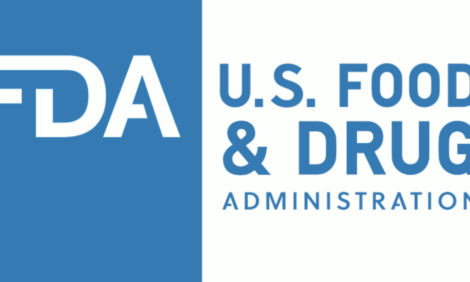



Govt Battles to Control Prices & Supplies after Bird Flu
SOUTH KOREA - The impact of recent diseases on consumption and production in the country's livestock sector is forecast to be significant in a new market report.Even with the news that the worst of the livestock sector disease problems are now somewhat under control, the impact on both production and consumption is forecast to be significant, according to South Korea Agribusiness Report Q3 2011 from Business Monitor International (BMI). While consumption of grains and pork is forecast to fall, production of pork is expected to do so significantly, meaning that meat prices have risen in many areas of the country. These production concerns come at a time when the country is instituting measures to increase agricultural production to become more self-sufficient.
However, as long as grain demand – due to the westernisation of the country's diet – continues, and pig and poultry stocks remain diminished, the country will continue to require imports to feed demand. Indeed, the government is even trying to reduce production of rice, the good in which South Korea does produce a surplus.
Key trends
Milk consumption growth to 2015 is forecast by BMI to fall 3.25 per cent to 1.63 million tonnes. This will come as consumers continue to switch to other milk products such as soy milk. Korea's low birth rate will contribute to weak demand for milk powder as the use of baby formula drops.
Wheat consumption is expected to grow by 16 per cent to 5.18 million tonnes in 2015. This will be mainly due to feed wheat demand, which should increase towards the end of the forecast period when livestock production will expand.
Pork output to 2014/15 is predicted to fall by 16 per cent to 927,000 tonnes. BMI expects that production will start to increase again towards the end of the forecast period once foot-and-mouth disease (FMD) concerns are brought under control and farmers start to rebuild herds.
Real GDP growth should reach four per cent this year, down from 6.1 per cent in 2010, while it is forecast to average 4.4 per cent between 2010 and 2015. The central bank interest rate is estimated at 3.5 per cent this year, up from 2.5 per cent in 2010.
Industry developments
BMI reports that, according to the South Korean agriculture ministry, a total of 120 FMD and 26 H5N1 avian influenza outbreaks had been reported in the country by 12 January. After an emergency cabinet met to address the situation which has caused alarm in the livestock industry and among consumers, the government pledged to increase vaccinations and import more vaccinations to curb the further spread of the contagious animal disease. By January, approximately 15 per cent of the country's total 12.4 million cattle and swine herd had been culled, with roughly three million poultry slaughtered after the avian flu virus strain was detected. As a result of the large-scale slaughtering and market closures, wholesale prices of beef and pork have soared by nine per cent and 22 per cent, respectively, from December's average prices, compounding the government's uphill battle against rising food prices.
By February, the mass culling of approximately 20 per cent of the country's cattle and hog herd prompted the South Korean government to allow quota-free pork imports into the country from February 2011 until June 2011, down from the previous tariff of 25 per cent. South Korea has lowered its pork import tariff of 25 per cent down to zero for the next six months in a move to ensure sufficient domestic supplies following the culling of approximately 20 per cent of the country's hog herd amid the country's worst FMD outbreak since 2002. According to the Ministry of Agriculture, the tariff reduction will allow for an estimated 15 to 20 per cent increase in pork imports for 2011, up from 179,500 tonnes in 2010. Most of the 2.2 million livestock being slaughtered are pigs.
The South Korean government has embarked on three main programmes to ensure grain security for the country over the long term, largely prompted by higher food prices since Q4 2010, according to BMI. Firstly, officials from the Ministry of Agriculture have announced plans to build a KRW200-billion (US$180.2-million) national grain storage facility for wheat, rice and corn. Secondly, the government has made a strong push for local agriculture firms to expand into overseas farms in an effort to step up grain security. Lastly, to strengthen its expertise in the grain trade and increase food security, the government-run Korea Agro-Fisheries Trade Corp has also set up a consortium with local companies CJ CheilJedang Corp, Samsung C&T, STX Corp and Hanjin Transportation Co Ltd to establish a new trading company.
Further Reading
| - | You can view the full report (fee payable) by clicking here. |








